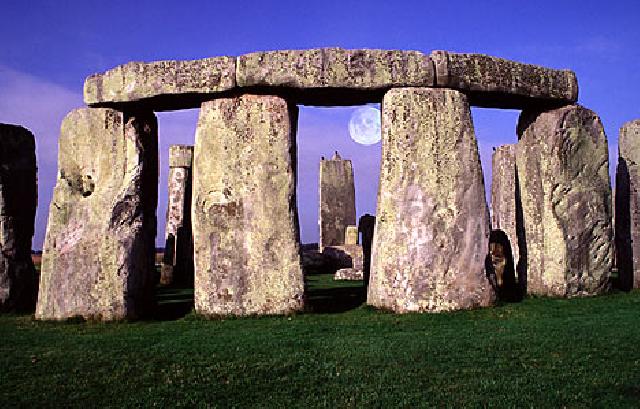
In the world of architecture, where trends and styles evolve rapidly, one element has remained constant throughout history: หิน เดิน ได้. From ancient civilizations to modern skyscrapers, stone has maintained its presence as a symbol of durability, elegance, and timelessness. The paragraphs ahead delve into the captivating significance of stone in architecture, showcasing its enduring appeal and its ability to narrate stories from the past to the present.
Throughout history, civilizations have utilized stone as a fundamental building material. The pyramids of Egypt, the grandeur of the Parthenon in Greece, and the intricate carvings of the Khajuraho temples in India are just a few examples of how stone has been harnessed to create structures that stand as a testament to human craftsmanship and engineering prowess. These monumental creations not only showcase the aesthetic appeal of stone but also highlight its inherent strength, with structures enduring for centuries, weathering the test of time and environmental challenges.
One of the most intriguing aspects of stone in architecture is its diverse range of colors, textures, and types. From the soft warmth of sandstone to the cool elegance of marble, each stone type offers a unique aesthetic that architects can manipulate to evoke specific emotions or convey desired messages. The choice of stone can transform a building’s character, with a rugged stone façade portraying strength and tradition, while a sleek marble finish exudes sophistication and luxury.
Stone carries within it the stories of the past. The patina that forms on weathered stones, the chisel marks left by artisans of old, and the faint echoes of ancient civilizations all contribute to the aura of history that permeates stone-built structures. Walking through a stone-paved courtyard or standing before a stone archway can evoke a profound sense of connection to the generations that came before, reminding us of the enduring nature of human creation.